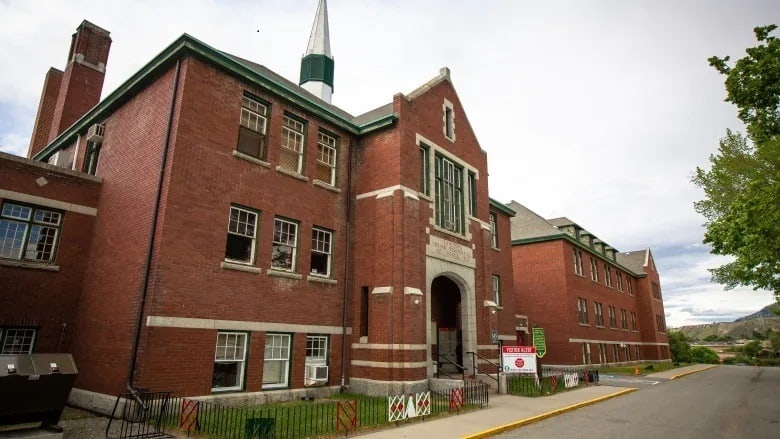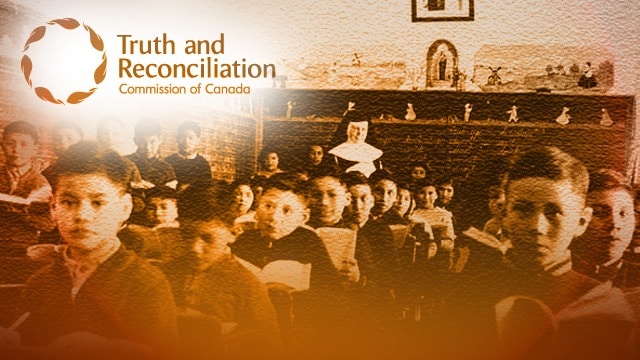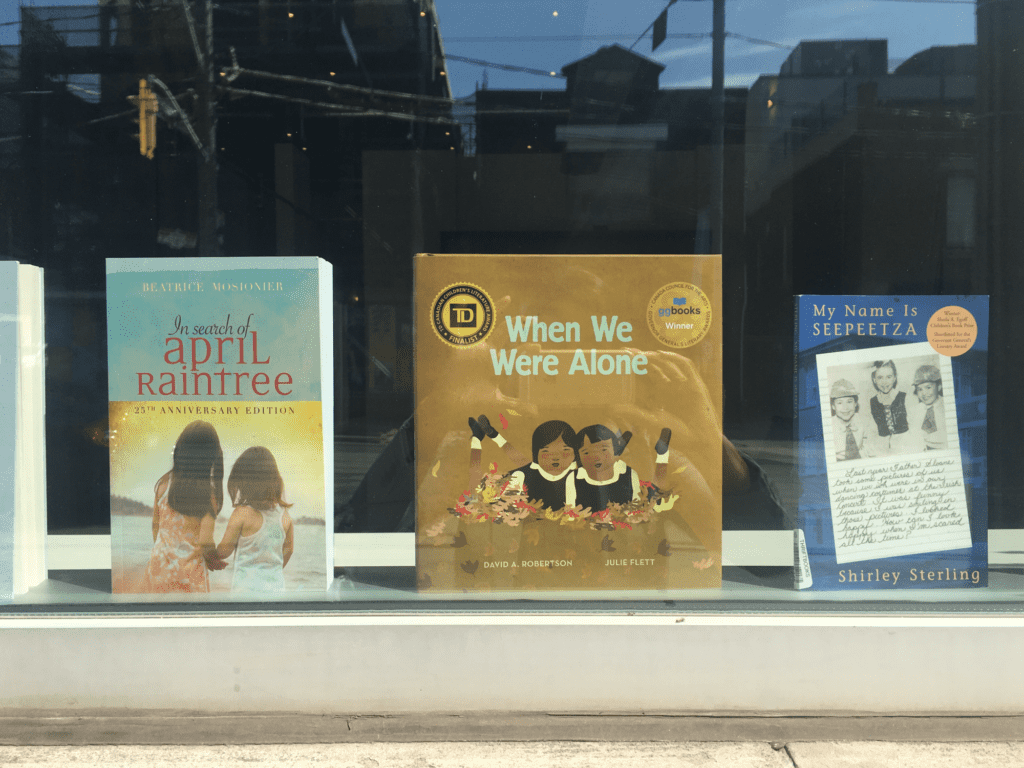In light of current news, NAK is responding to the continuous discovery of the thousands of grave sites at Residential Schools across Canada.
In 1883, the first residential school system was established and continued to operate in Canada for more than 160 years. At least 150,000 children from First Nations, Métis and Inuit were removed, often against their will, from their families and communities and put into these Christian Church run schools. Every province and territory in Canada, with the exception of Prince Edward Island, Newfoundland and New Brunswick, had these federally funded schools, where the children attending were forced to abandon their traditions, cultural practices, and languages. This school system was set up for “aggressive assimilation” and the colonization of Indigenous Peoples and territories in Canada. What is gravely astonishing is that the last school closed in Saskatchewan in 1996!
On May 27, 2021, the remains of 215 children buried at the site of the former Kamloops Indian Residential School were uncovered in British Columbia. “There are no words to express the deep mourning that we feel as First Nations people, and as survivors, when we hear an announcement like this,” wrote Grand Chief Stewart Phillip, president of the Union of British Columbia Indian Chiefs (UBCIC). Since May, an additional 1700 grave sites have been discovered and more continue to be found across Canada.

NAK’s response to this continuous disturbing news has been to take an active approach that involves acknowledging, raising awareness, and educating ourselves and others about the Residential Schools and the Indigenous Community. At the front door of our Toronto office, a QR code has been mounted, which has The Truth and Reconciliation Commission of Canada Document uploaded for all to scan, share, and read. The Truth and Reconciliation Commission of Canada Document is a resourceful tool that sheds light on the history, purpose, operation, and supervision of the residential school system, the effect and consequences of the system, and its ongoing legacy, as required by the Commission’s mandate. This document has been mandated to inform all Canadians about what happened in the residential schools and to guide a process of national reconciliation. It states, “for the child taken, and for the parent left behind, we encourage Canadians to read this history, to understand the legacy of the schools, and to participate in the work of reconciliation.”

In addition, there are children’s books by various Indigenous authors that are displayed in the window front to encourage all to educate themselves about Indigenous culture and history. Some of the books include Moon of the Crusted Snow, Seven Fallen Feathers, When We Were Alone, Gaawin Gindaaswin Ndaawsi, Secret Path, In Search of April Raintree, My Name is Seepeetza, and many more. These books are available to NAK employees to borrow for a two-week period, while that others remain in the window display.

NAK’s Toronto office windows will also be gradually covered by window decals of orange t-shirts in remembrance of all those who were lost-the children, women, and men, who were buried at the Residential Schools. This ongoing display is meant to be a powerful reminder of all the human life that has been taken and is now being remembered.

To learn more about residential schools visit https://indigenouspeoplesatlasofcanada.ca/article/history-of-residential-schools/
To access The Truth and Reconciliation Commission of Canada Document, visit https://publications.gc.ca/collections/collection_2012/cvrc-trcc/IR4-4-2012-eng.pdf
